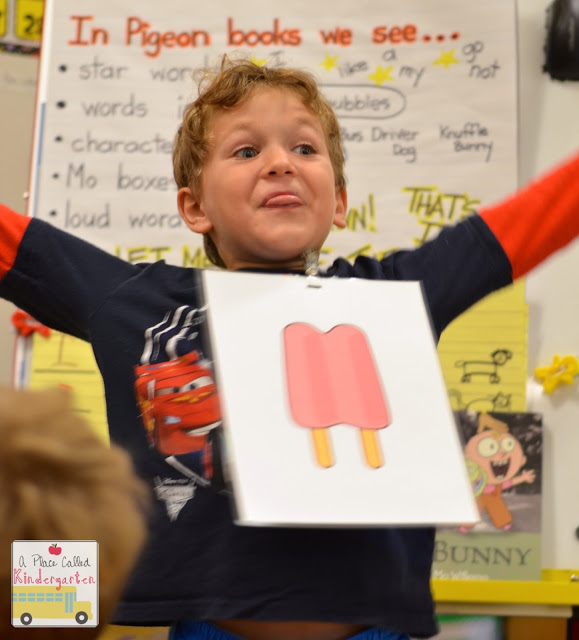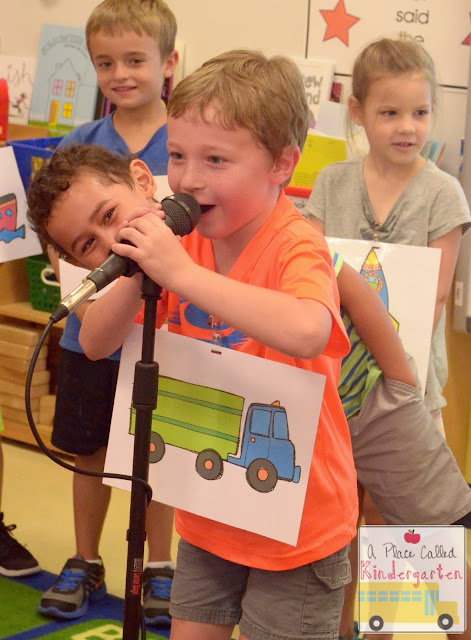Many of my early readers read word by word, with little expression. I need to provide experiences for them to read more fluently and with proper phrasing and intonation. This will not only make their reading sound better, it will make the content more comprehensible.
Read-alouds and shared readings allow teachers to model how fluent reading sounds and shapes the understanding of the text.
Rereading stories helps students practice reading books on their independent reading level to improve their fluency and comprehension.
During guided reading groups teachers can build fluency and support children’s expressive reading through choral reading, reading along with books on tape and reader’s theater.
I love developing my students’ fluency skills using all of these strategies, but my favorite way to work on fluency and reading expression is reader’s theater. I first fell in love with reader’s theater when I read Sharon Taberski’s book Comprehension From the Ground Up and had the opportunity to meet her. Since there were not many Reader’s Theaters for Kindergarten she encouraged me to write my own.

Reader’s theater helps readers develop fluency, build detailed retells and improves phrasing and expression when reading. Reading, speaking and listening are combined to make reading an engaging experience for my students. My students LOVE performing reader’s theaters and look forward to Theater Thursday when we break out the microphone for our weekly performance. Check out Comprehension From the Ground Up and consider adding reader's theater to your reading workshop.









My kiddos love Readers Theater too! We use A Teeny Tiny Teacher's partner plays. They can choose to go to the library to practice one during centers and perform for the class at clean up time. The library is a hot spot in our room. :) I love the microphone; I'm sure that is probably a motivation for your kids!
ReplyDeleteI thoroughly enjoyed this post and love the idea. So glad your kids enjoyed it too. Tell them they did a fabulous job!!
ReplyDelete